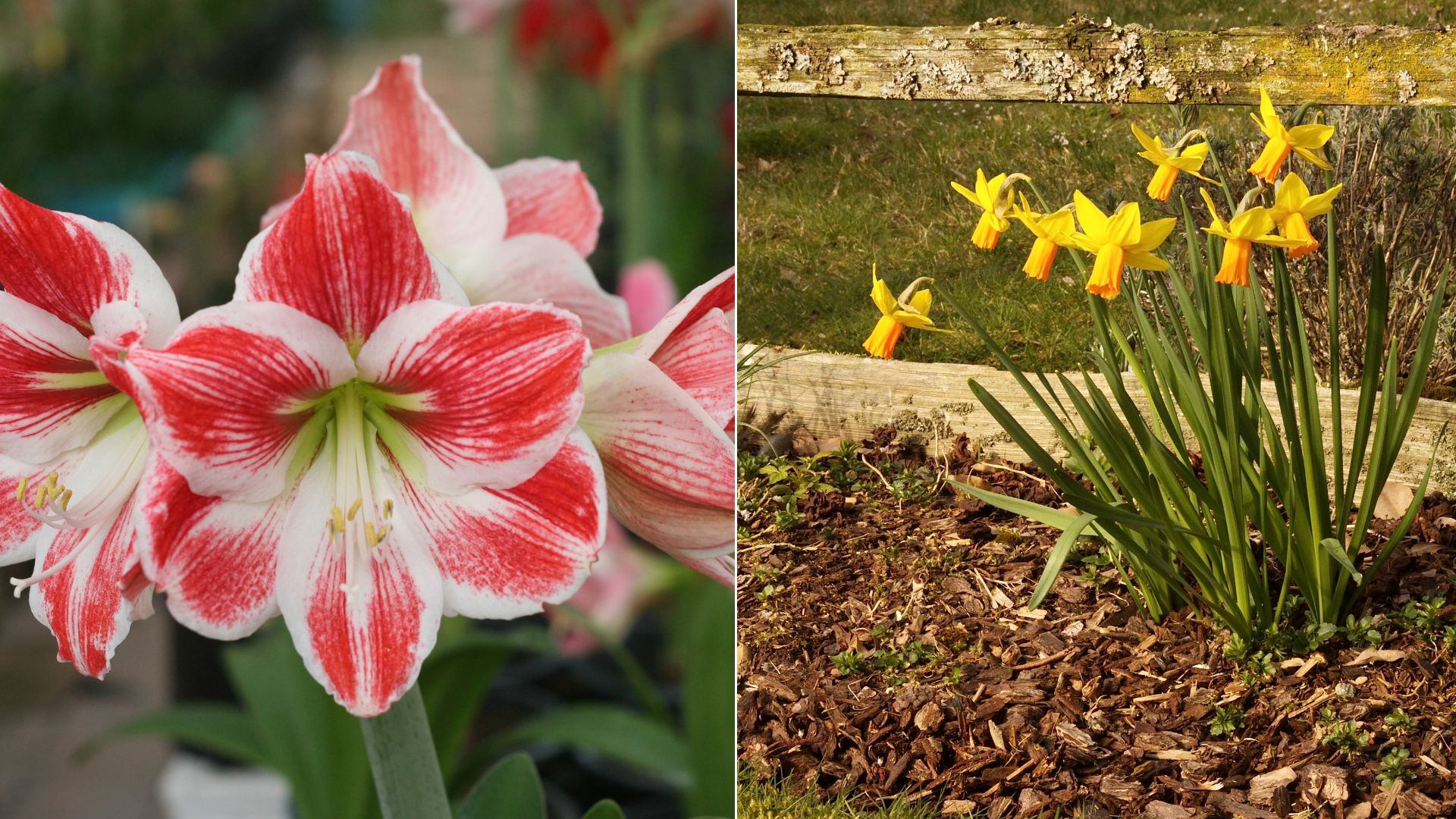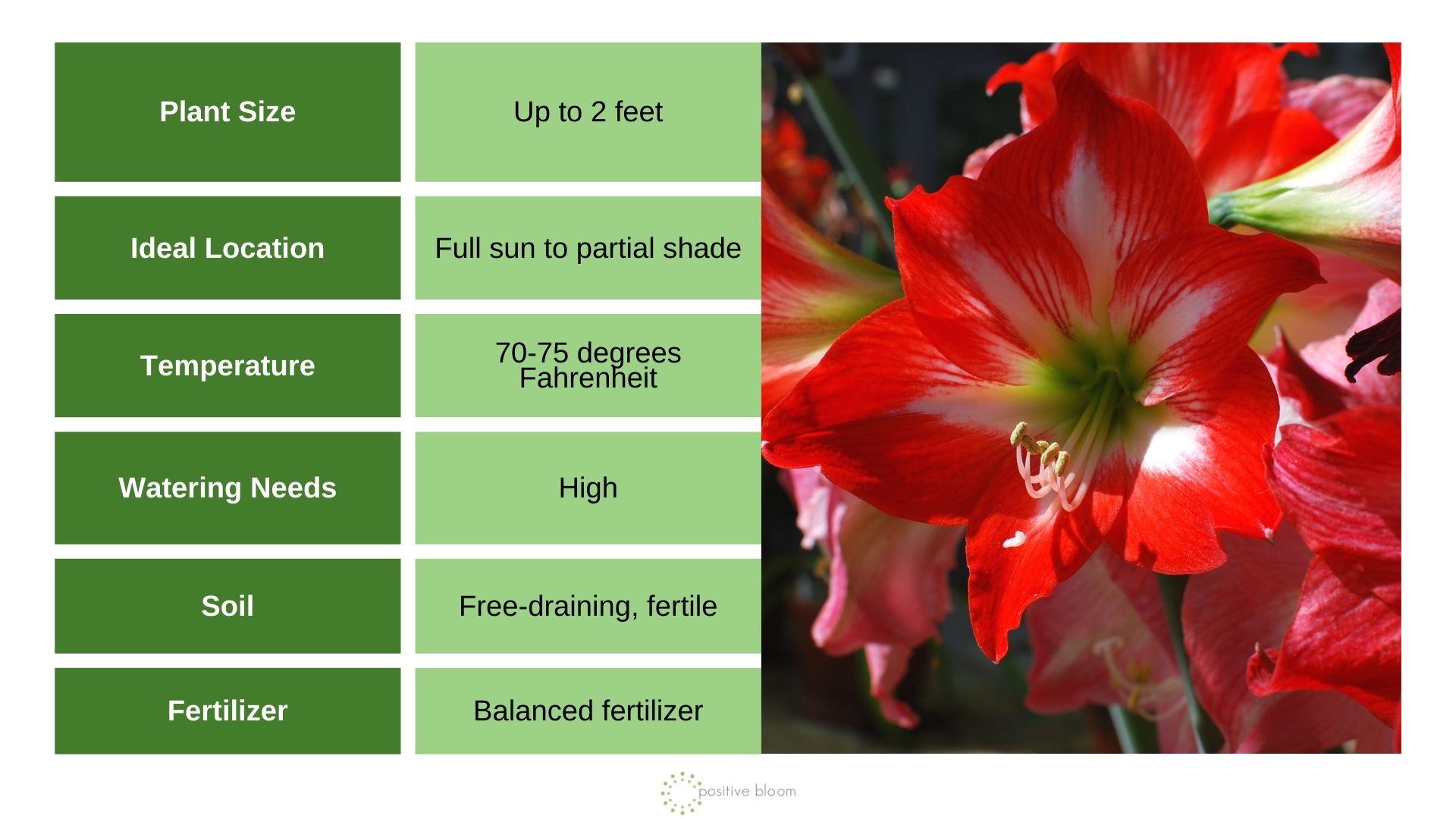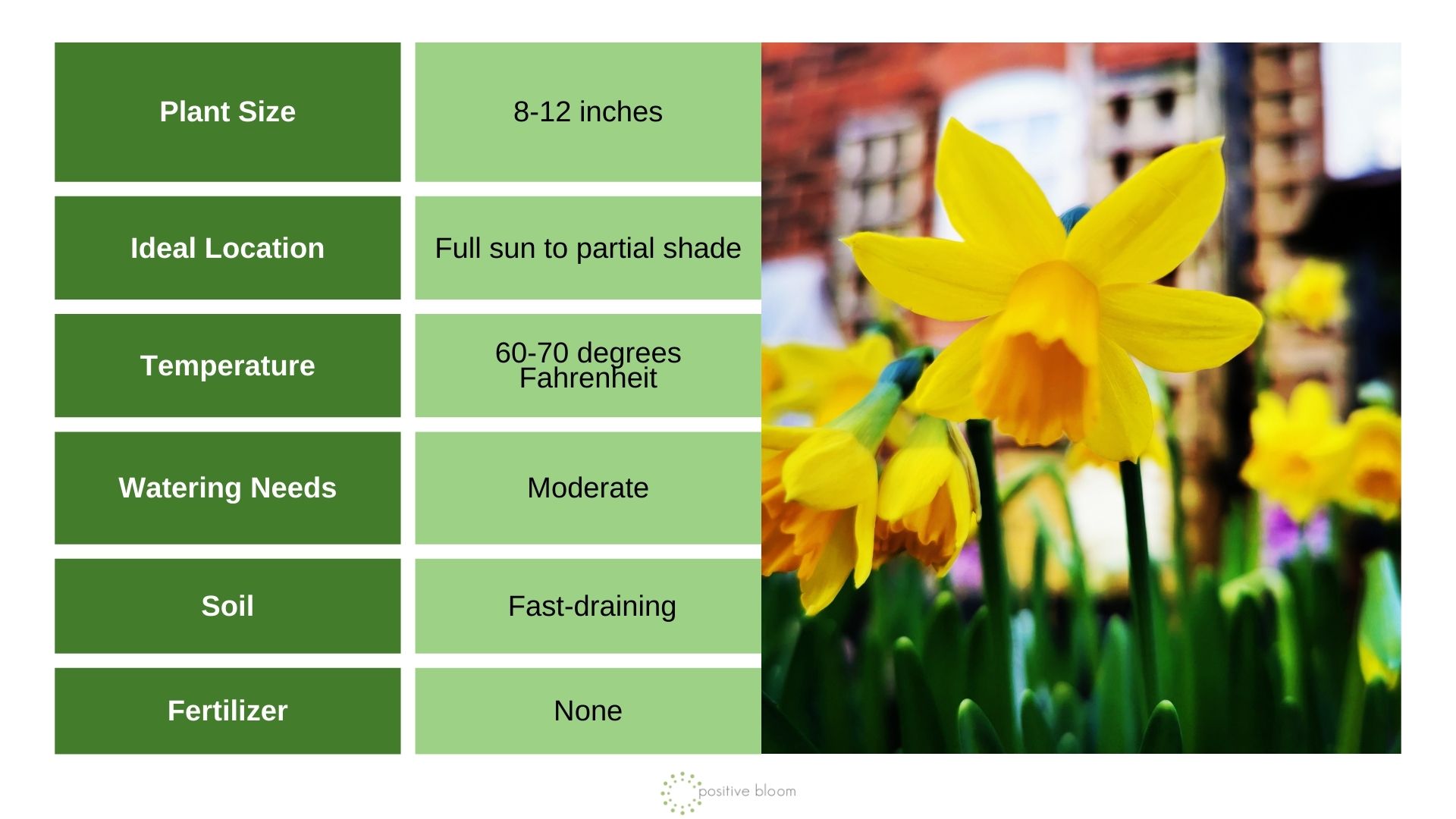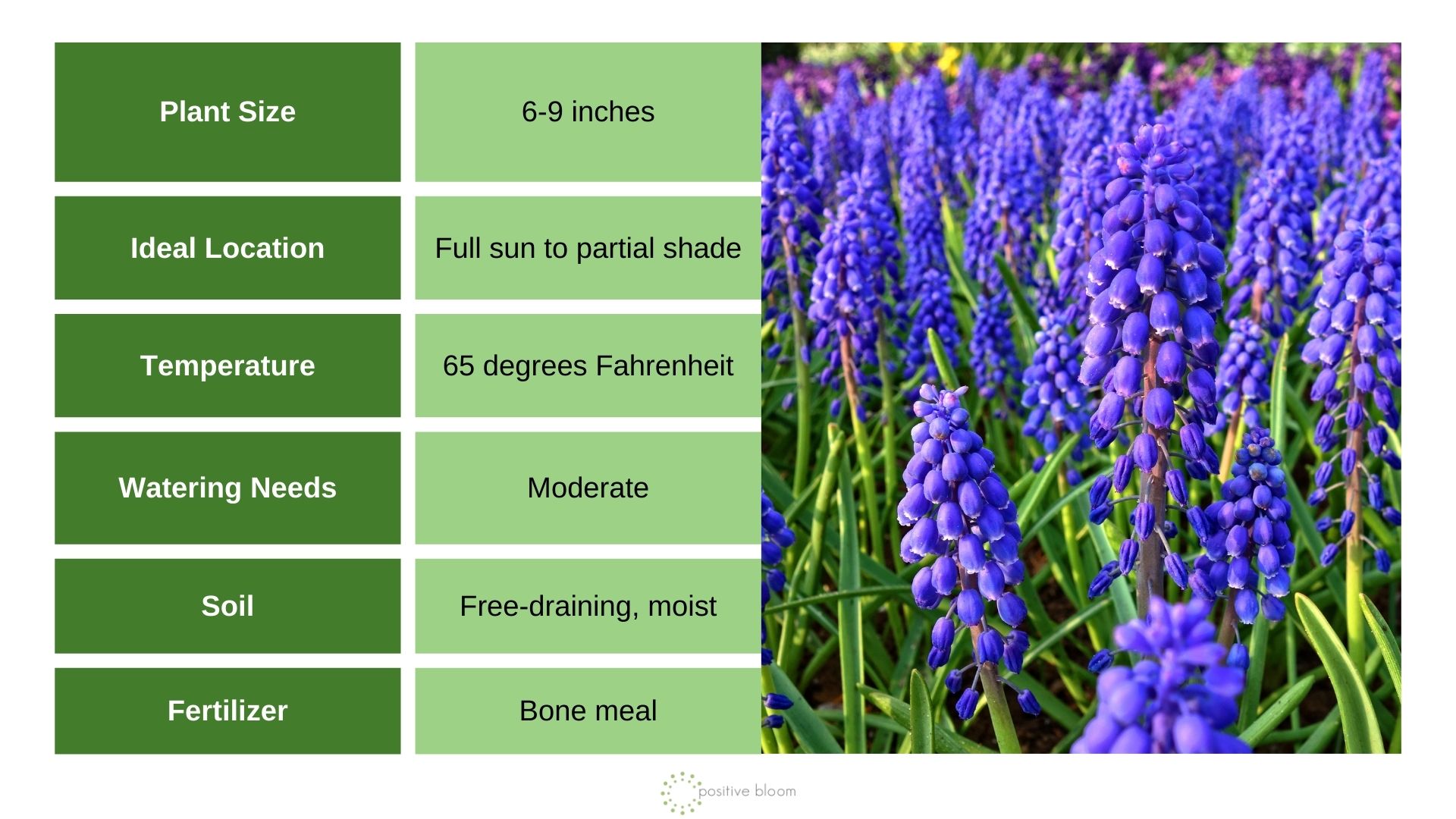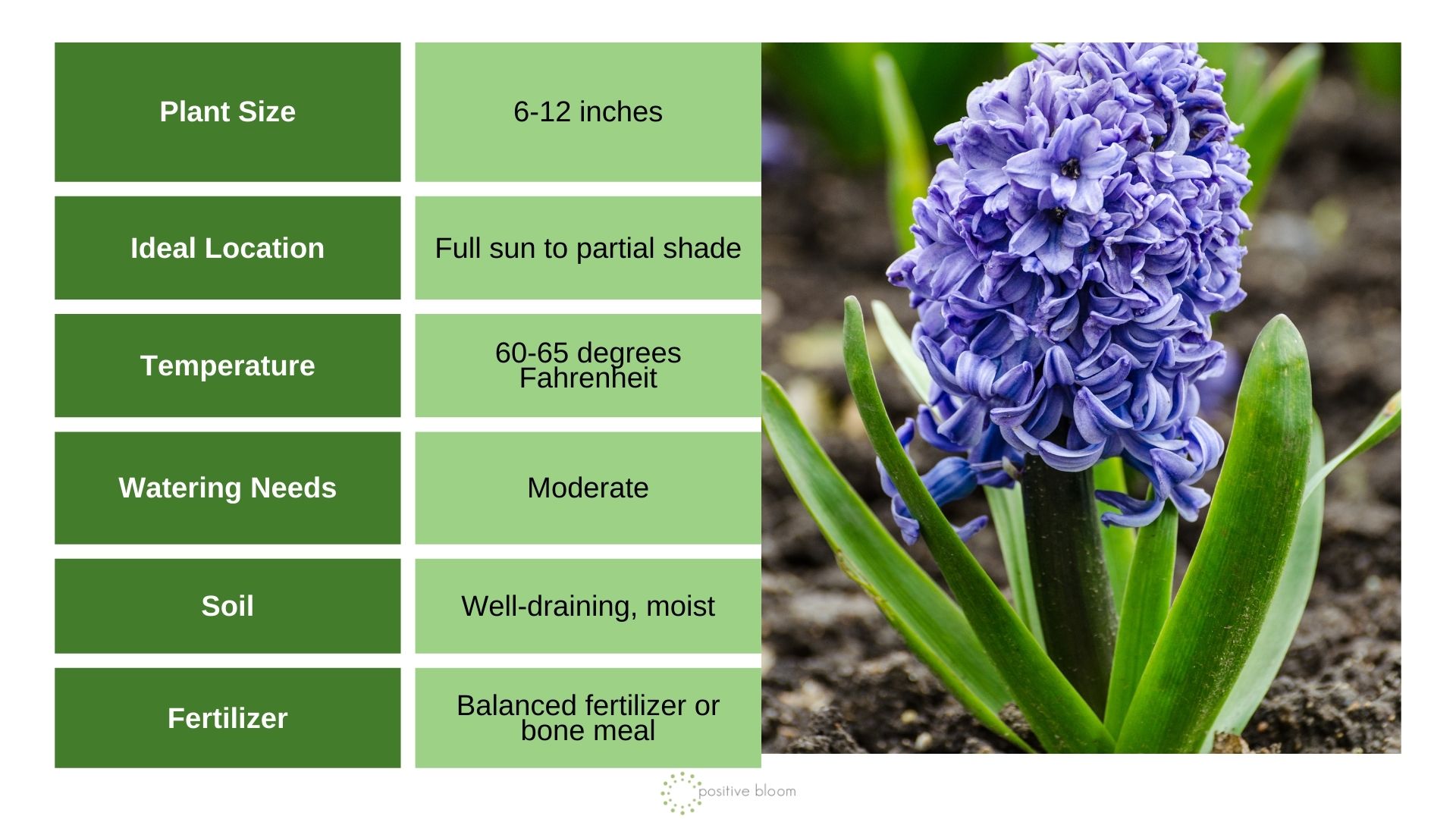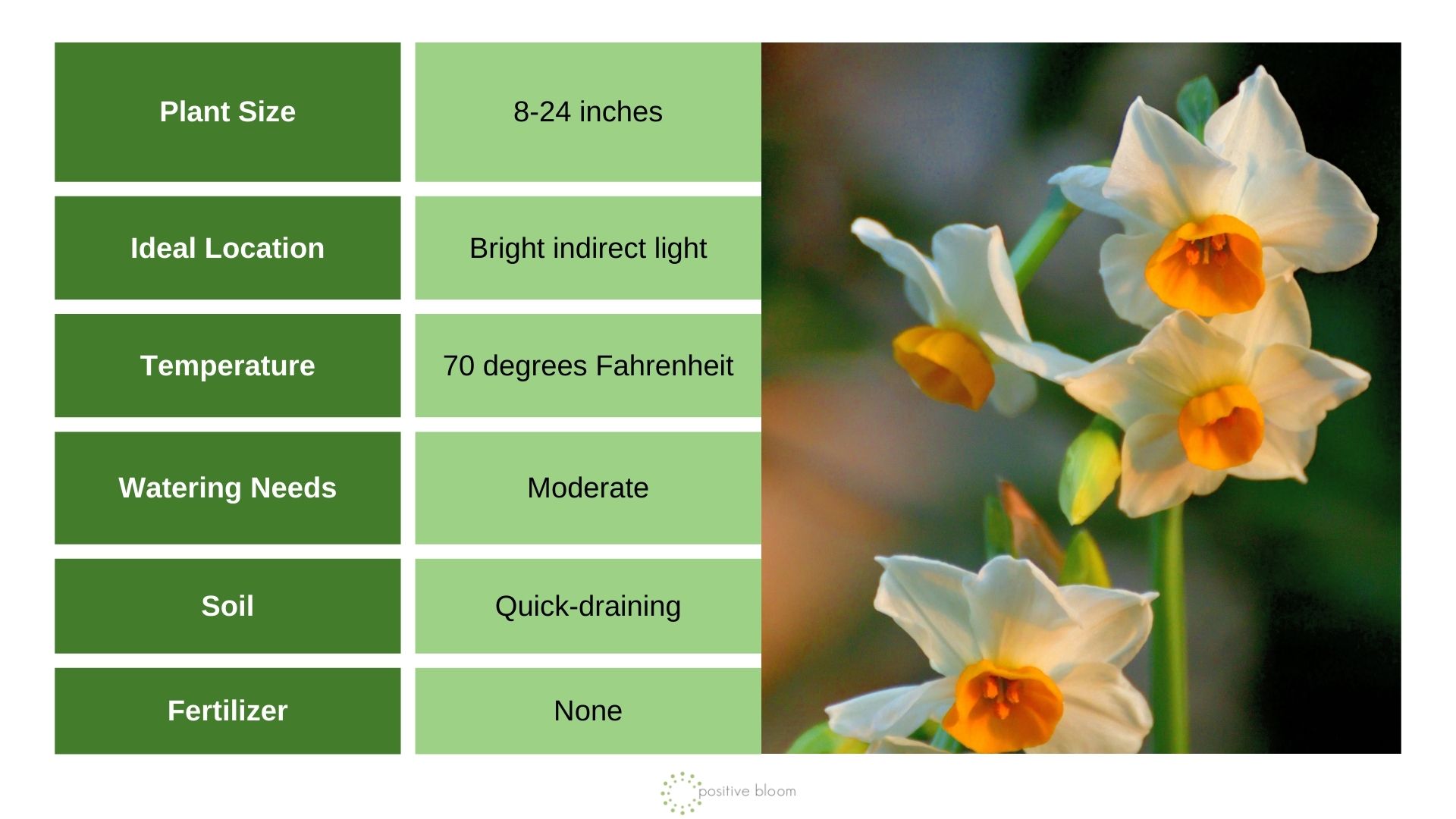The holiday season is just around the corner and I’m sure many of you have already prepared your Christmas decorations. If you want to add a special touch of beauty to your indoor space during the festive season, I recommend adding flowering plants.
Flowers are always welcome in our indoor space not only for their splendid appearance but also for their fragrance.
Choosing the right plants and the correct planting time will ensure an abundance of blossoms.
In this article, I’ll show you some of the most beautiful flowers to plant indoors now that will bloom in time for Christmas. I’ll also give you some tips on how to trick these plants into blooming!
Let’s get started!
1. Amaryllis
We’ll start with what I prefer to call a classic Christmas plant, the captivating Amaryllis. Although this is one of the indoor plants that can bloom year-round, our main focus is to get it to bloom during the holidays.
What makes Amaryllis so special is its colors; from vibrant shades of crimson to maroon and crisp white.
The first thing you need to do is select the largest bulb when purchasing. They should generate approximately 2-3 flower spikes for the season to last longer.
Once you get the Amaryllis bulbs, you should pre-soak them for a few hours. Now prepare the growing medium; you can use soil or compost for the bulbs. The container for this bulb should be slightly larger.
When planting, make sure ⅔ of the bulb is above the soil surface. After you plant your bulb, you can add a layer of moss as a final touch. Irrigate your freshly planted Amaryllis well and leave it to drain.
The bulbs of this plant species are pretty tender so there’s no need to use the cold spell method to trigger blooming. Simply place your Amaryllis where it can get a lot of bright indirect light.
There’s no need to water the plant frequently until it generates new leaves; regular watering starts after leaf formation.
It typically takes 6-10 weeks for the Amaryllis plant to bloom after planting. As soon as you notice the blooms, you can start feeding with a liquid type of fertilizer.
Rotate the container with your Amaryllis plant regularly to prevent the stalks from leaning towards the light source. If some of the stems grow taller, you can stake them.
Don’t discard the bulbs because they can regrow the next season; just store them in a cool and bright place and they’ll be dormant from late summer to mid-fall.
2. Miniature Daffodils
If you want your indoor space to look truly special during the festive season, consider planting some flowers en masse. And the flowers that will undoubtedly do the best job are spectacular daffodils!
Some daffodil varieties don’t do well in containers and these are mainly the taller species. If you want the best results, you should go with shorter daffodils, such as Winter Waltz or Moonlight Sensation.
Prepare approximately 3 to 5 daffodil bulbs and plant them in a 6-inch container.
Add a layer of compost to the bottom part of the container and place the bulbs inside. Keep adding compost around the bulbs, making sure the upper parts of the bulbs remain above the surface of the growing medium. After planting, irrigate your daffodils well and leave them to drain.
The more experienced ones among you may have already heard about the pre-chilling bulb method. For those who are new to this, this method basically involves exposing plant bulbs to cooler conditions to trigger blooming earlier.
So, if you haven’t pre-chilled your bulbs, put them in a cooler area, such as a basement, and leave them for about 8-10 weeks. Don’t allow the compost to dry out entirely; keep it moist but make sure it’s never waterlogged.
Once the daffodil shoots are about 2 inches, you can transfer them to a slightly warmer location with low light. Gradually introduce them to more light and rotate the container regularly.
There’s no need to feed your indoor daffodils at this point. Once their blooming season ends, you can plant them directly in your outdoor garden.
3. Muscari
I’m sure you’ve already seen muscari plants in many households during the holiday season. Clusters of small bell-shaped blossoms come in various hues, such as shades of blue, pink, and white.
These plants are commonly referred to as grape hyacinths and they’re spring bulbs you can plant in fall. Luckily, these plants do well indoors and it isn’t hard to trigger them to bloom.
Similarly to daffodils, muscari will need a cool treatment, so plant them in containers in October to ensure ten weeks of cold period.
Prepare a shallow pot, fill it with compost, and place the bulbs making sure their pointy tops face upwards. Ensure approximately an inch of space between each muscari bulb in the pot.
Transfer the pot to a cool and dark spot, such as an unheated basement or garage. Check on the bulbs and make sure the compost doesn’t dry out completely.
The new shoots should be about 2 inches long before you take the plant indoors and expose it to warmer temperatures and low light. As the season progresses, gradually introduce the plant to more light.
Once the blossoms occur, do not expose them to direct sunlight to extend the season.
After the blooming season ends, you can plant your muscari in your outdoor garden.
4. Hyacinths
Hyacinths are a common part of outdoor gardens worldwide because of their enchanting appearance and irresistible scent.
You can have all this indoors and, best of all, during the Christmas season! However, if you grow hyacinths for this purpose, you need to be careful about the variety.
The Pink Pearl variety is a perfect choice for indoor cultivation and will generate blossoms just in time! This and similar varieties are actually prepared for earlier blossoming and intended to be grown indoors.
Before you start planting your hyacinths, put on gloves because the bulbs can cause skin irritation. (1)
Similarly to the bulbs mentioned above, hyacinths will perform best if planted in compost. So, add a layer of compost, spread the hyacinth bulbs over the surface, and cover them with compost. Remember that the pointy tops should be above the soil line.
Now it’s time to move these plants to a cool and dark spot, and don’t forget to cover their container with a plastic bag. This will enhance the formation of new shoots.
When the shoots are 2 inches long, uncover the pot and move it to your preferred spot, but make sure direct sunlight doesn’t reach it.
Once the indoor hyacinth blooming season ends, you can transfer the plants into your outdoor flower beds.
5. Paperwhite Narcissus
Our list ends with one of the most beautiful plants ever, the Paperwhite narcissus. Fragrant crisp white blooms make the plant a favorite of many indoor garden owners.
If you are looking for a very scented variety and cut flowers, I highly recommend Ziva.
The planting procedure is similar to other indoor bulbs. Fill a container halfway with compost, spread the bulbs making sure the pointy tops face upward, cover them entirely with the remaining compost, irrigate well, and leave it to drain.
Paperwhite narcissus also needs a cool period, so put the pot in a cool and dark spot and monitor for the next 6-12 weeks. Move the pot to a warmer spot and gradually introduce it to more bright but indirect light.
Once your Paperwhite narcissus finishes flowering, dispose of the plant because it won’t regrow.
Is It Possible To Grow Indoor Bulbs In Water?
I frequently get questions asking if these bulbs can grow solely in water. Well, I have great news for you: these plants do well in water and there are 2 ways to grow them using this technique.
The first option is to get a vase designed for this purpose. The upper part of this vase is round and that’s where we put our bulbs. The roots will grow in the lower part of the vase filled with water.
The other option is DIY, where we use a standard tall vase or jar. If you decide on this, put some pebbles or gravel in the bottom of the vase or jar.
Put the desired bulbs on the pebbles so that the tops face upward. Pour water so that only the lower half of the bulb is below the water line.
You should monitor your bulbs constantly and add water when necessary.
This is definitely one of the most interesting ways to grow plants and will add a luxurious touch to your household during the Christmas period!
References
1. Hyacinthus orientalis (Common Hyacinth, Dutch Hyacinths, Garden Hyacinth, Hyacinth) | North Carolina Extension Gardener Plant Toolbox. (n.d.)

